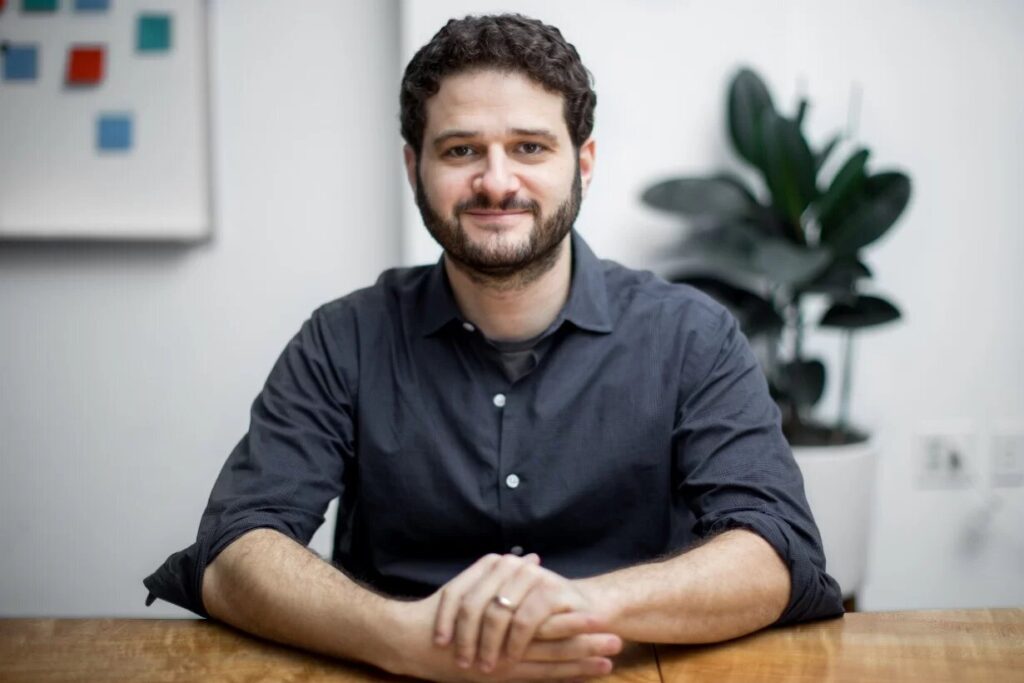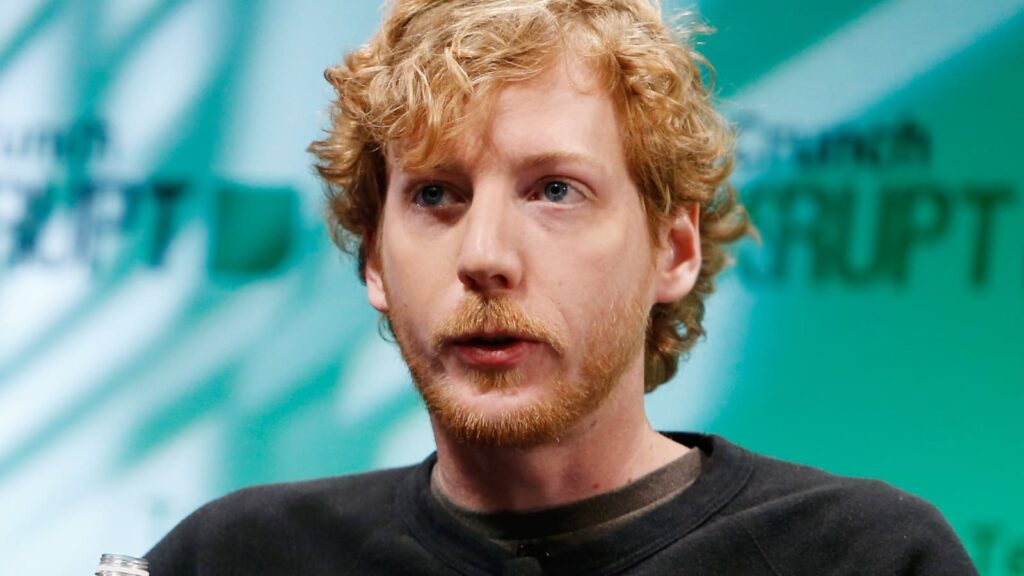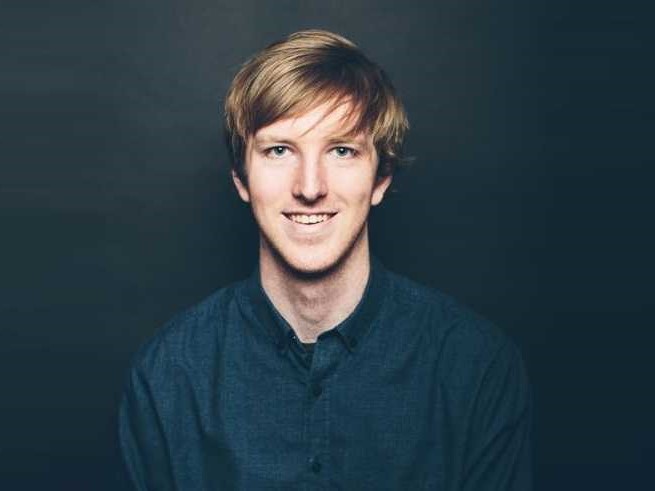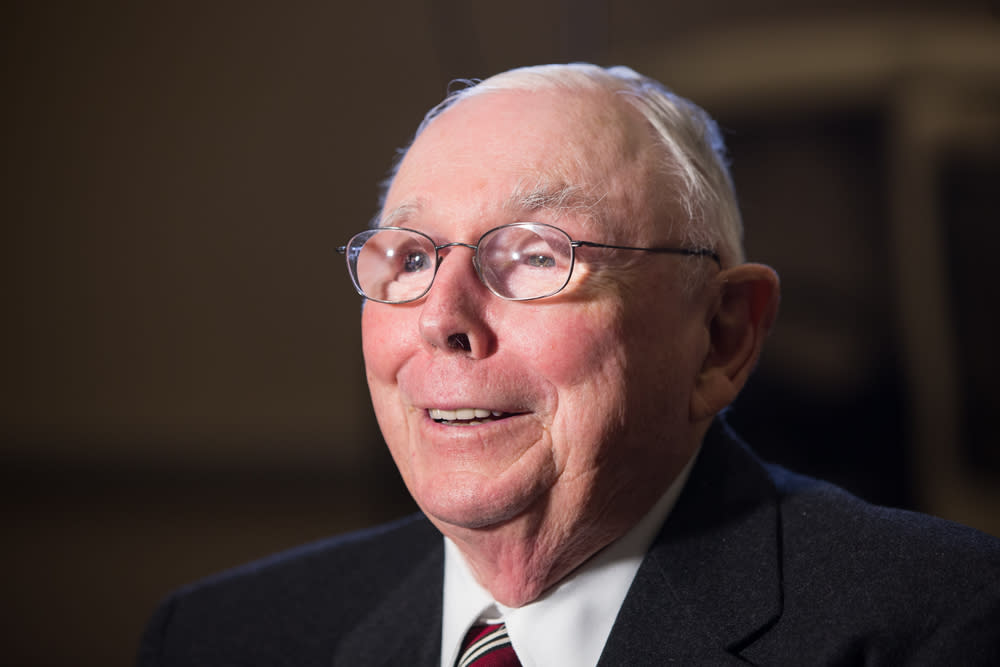Startup Visionary to Global Success: Journey of Johnny Boufarhat
Johnny Boufarhat was compelled to stay inside due to an uncommon allergy to his well-being. Hopin which is an online meetings solution that enables individuals to network virtually in creative ways, swap e-business cards, and obtain an overview of their relationships after a meeting, was the result of his dissatisfaction and requirement for human touch.
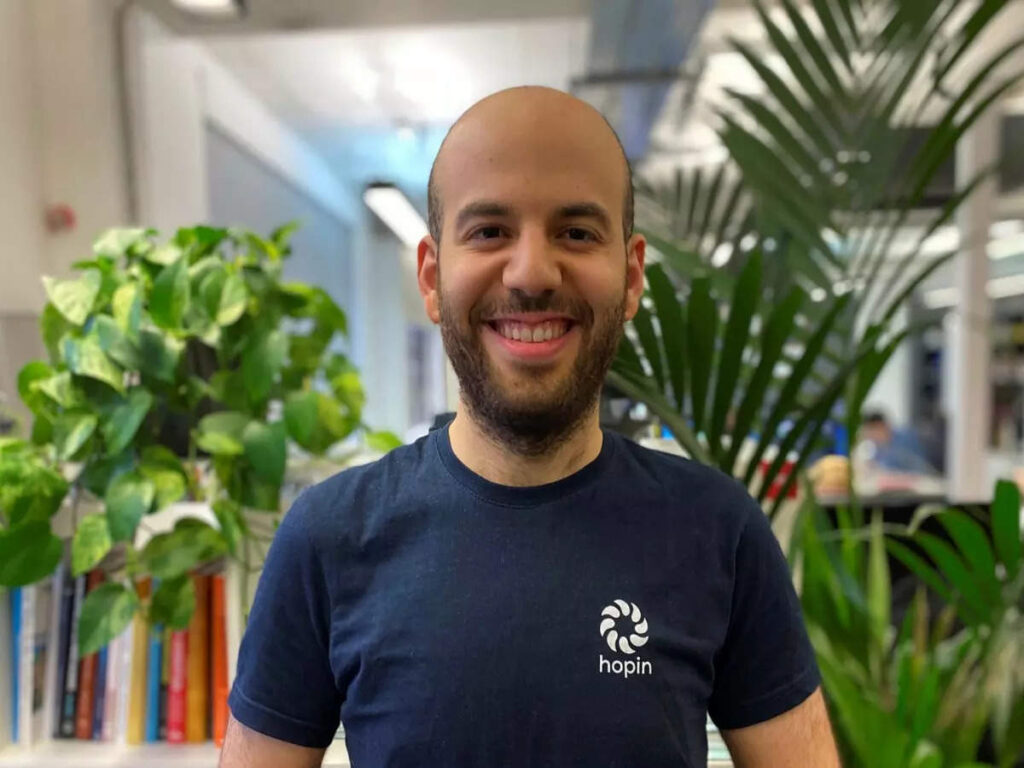
Hopin, which was founded in 2019, currently has a value of 7.8 billion USD, and Johnny Boufarhat, 27 years old, is considered among the world’s youngest independent billionaires having total assets of approximately 3.2 billion USD.
His business has achieved prosperity in an unusual way by operating as a completely remote business without having an at-home office or physical location.
Hopin was ready to capitalize on the demand for dependable virtual meeting places after the covid epidemic forced organizations all over the world to switch to hybrid or entirely online operations, propelling its enormous and quick development. Hopin had six workers prior to the pandemic.
Also Read: Dustin Moskovitz: Facebook Co-founder turned Billionaire
The workforce swiftly increased to over 800 with the goal to hasten the site’s debut and sustain its rate of development. Hopin is the most rapidly expanding European digital firm ever after its flourishing debut and subsequent funding, soaring to a five-billion-dollar worth in less than 20 months.
“Quite a few things that had to click in place for that to happen were out of my control,” Boufarhat said of the company’s success. “It’s actually sad, we wish Covid never happened. We were still growing fast pre-Covid but obviously Covid was a massive accelerator for the company.”
Boufarhat was born in Sydney on June 1st, 1994, in Australia to an Armenian accountant mother and a Lebanese mechanical engineer father. He attended the Dubai American Academy for his early schooling. He traveled to the UK to pursue further education, where he attended the University of Manchester to study the field of mechanical engineering.
Hopin credits that accomplishment to its explosive income growth, which was stimulated by the epidemic, which canceled live events like conferences. CEO Johnny Boufarhat in discussion with The Information disclosed that Hopin’s income had increased by over 50 times, from 450,000 USD in March to approximately twenty-five million dollars in annualized periodic revenue.

I am a student pursuing my bachelor’s in information technology. I have a interest in writing so, I am working a freelance content writer because I enjoy writing. I also write poetries. I believe in the quote by anne frank “paper has more patience than person
